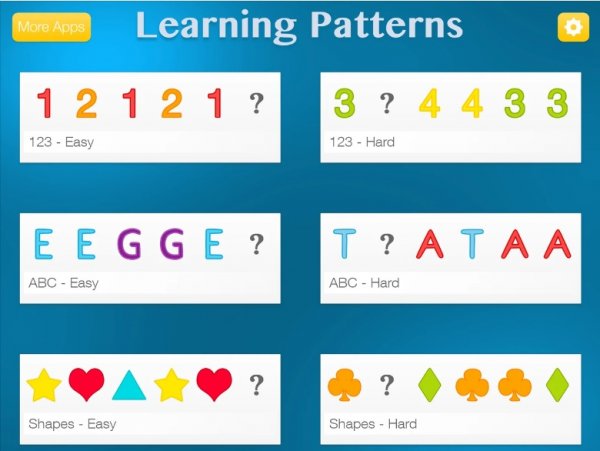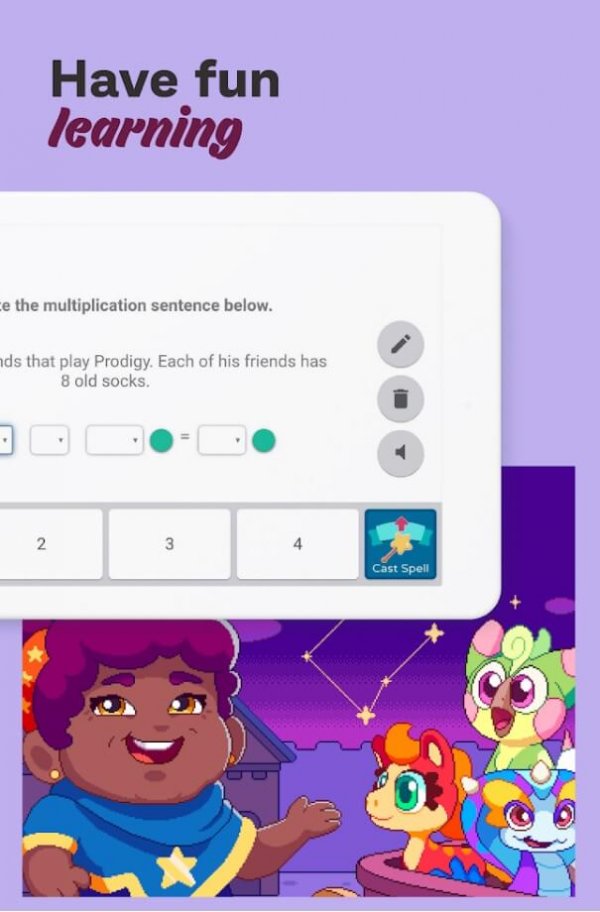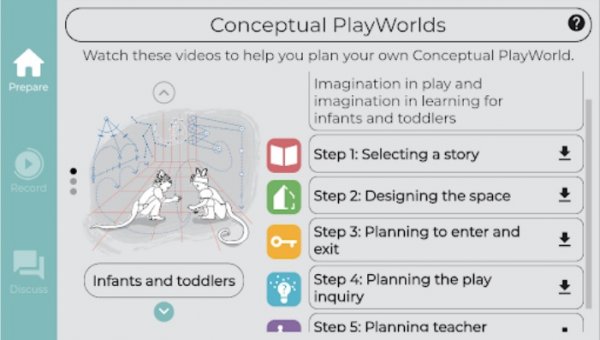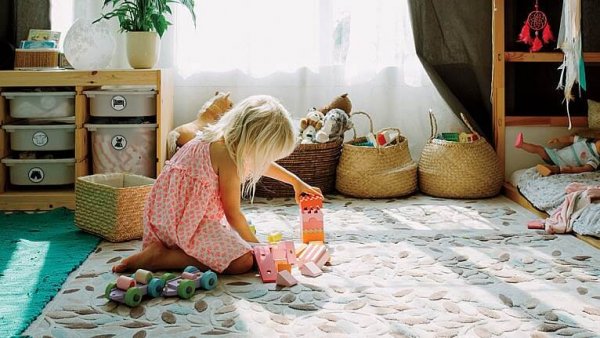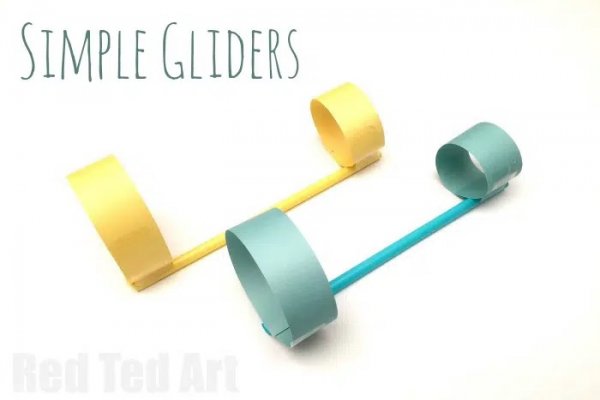Greetings
Happy Valentine's! Hello everyone, welcome to our February newsletter! As always, we provide an overview of what is happening within our childcare community. This month we will focus on how to make children love the STEM pathway.
|
|
|
|
Topic of the month - How to make young children fall in love with STEM
|
|
|
Children by default are equipped with the best minds that fit a STEM (Science, Technology, Engineering, and Math) path. By nature, they are naturally curious, inquisitive, and exploratory of everything that surrounds them. And this inquiring nature is an important part of the scientific skillset.
As STEM careers continue to flourish and will do so for many decades to come, parents, teachers, and caregivers have an important role in encouraging children and cultivating their interest in STEM. In this newsletter, we will provide you with ways on how to best support and aid learning, and sustain children’s love and interest for STEM subjects.
STEM Skills that Need to be Developed
Observational skills
|
|
|
|
One of the first things that a child needs to harness and hone is his/her observational skills. Fortunately, all children are born with an innate curiosity about the world around them. As a parent or caregiver, one can encourage your child to observe more acutely by asking questions about what they have observed.
Asking them empirical questions at their level can help them better improve their observational skills. Try to ask questions like:
-
What did you notice about _________?
-
How is it different from before? What changed?
-
What do you think made the change happen?
Instead of focusing on the why, lead the child to develop his/her own hypothesis about the observations he/she has made. This encourages them to formulate their own reasoning and critical thinking skills, even at a young age. But also be ready to provide an explanation as to how the change happened so that they will learn the facts.
Fostering this sense of curiosity and inquisitiveness also promotes their awareness and mindfulness of the world and the changes happening around them.
Pattern recognition skills
|
|
|
|
Coupled with observational skills, pattern recognition is also an important STEM skill to develop. It can start with simple exercises such as finding things with the same shape or colour. Grouping random objects based on a commonality is a way to help children develop their pattern recognition skills.
A child can also keep a journal to keep track of patterns he notices such as shapes of leaves or stones, weather changes, or even animal sounds.
Another activity you can try to help develop their pattern recognition skills is to ask them to continue a pattern. This activity hones their skill to predict what comes after.
Abstraction skills
When a child plays with a banana pretending it’s a phone, that's an abstraction. When they make guesses as to what happens next in a story, that’s also an abstraction.
Having abstraction skills means a child can grasp a concept that is not necessarily tied to a physical object. Developing this skill takes creativity and imagination.
To foster abstract thinking skills, one can start through storytelling and reading. These activities help children imagine unlimited scenarios, make inferences on the characters and situation; and make predictions based on what they know so far.
Developing abstraction skills strengthens a child’s problem solving skills. With abstraction, they are able to solve tasks which they may not have encountered before and will be able to solve it using only their imagination without necessarily experiencing it.
Creativity
STEM discoveries and breakthroughs rarely come from the usual way of thinking. Most of the time inventors, builders, and engineers find inspiration from anywhere but their work environment. This is where creativity comes in.
As children observe and connect various experiences, they can draw inspiration from completely unrelated events and use it as a way to solve problems they encounter.
It helps a child come up with novel ideas to try to come up with a solution to a problem he has.
Numeracy skills
|
|
|
|
Basic arithmetic has long been a hard subject to teach. But with the right techniques, a child can discover a love for numbers without hating the process. For the youngest of children still learning which figure corresponds to which number, aside from simply memorising the numbers by sight and sound, you can use other adventurous techniques such as a scavenger hunt to find the numbers and pin them to the right corresponding spot on a board.
Using numbers in everyday conversations can also help them get a better grasp of numbers and apply the concept of basic operations without the rigour or burden of a classroom setting.
Steps Parents Can Do to Cultivate and Sustain a Child’s Interest in STEM
A large factor that determines whether a child continues to pursue and develop his/her interest in STEM subjects relies on parent support. According to a study conducted in 2018, parental support along with parents’ academic expectation and interest in their child’s achievement in STEM subjects help boost a child’s interest in STEM.
Here are three ways parents and caregivers can aid in boosting a child’s interest in STEM subjects.
Informal Science Learning Trips
Learning more about science, technology, engineering and math doesn’t have to be confined in the four walls of a classroom. A young child’s curiosity and interest can easily be stoked through informal science learning. This involves taking them to informal learning spaces such as museums, observatories, and parks.
As coronavirus limits learning trips, you can take a virtual tour of museums:
|
|
|
|
In partnership with Google Arts & Culture virtual reality, take a scroll along Australian Museum’s exhibitions online with your little ones. There are also online experiments and activities you can try with your kids.
Take a virtual tour of the Australian Museum here.
|
|
|
|
Queensland Museum is another virtual tour you can take with permanent exhibitions dedicated to natural history, cultural heritage and interactive STEM lab through their SparkLab Science Centre.
Take a virtual tour of the Queensland Museum here.
In the digital age, apps that let children not only play but also solve problems, use critical thinking, and experiment also help foster informal science learning.
STEM Role Models
Providing children with positive role models who excel in STEM pathways can help a child imagine what it would be like to be in a STEM-oriented career.
Knowing more about scientists, inventors, or builders can help inspire a child to excel and achieve something similar. Sharing news articles, video clips, and interviews of STEM professionals can further their interest into the field.
Taking notice of notable people in the STEM industry can help direct a child’s attention to the person and their scientific career. For example, Science and Technology Australia (STA) has a fantastic roster of brilliant women scientists across various disciplines they call Superstars of STEM.
|
|
|
|
One notable example of a STEM Superstar in action is Dr. Kate Cole who raised awareness on the suitability of face masks worn against coronavirus. Her expert opinion voiced through newspaper articles sparked a government review on mask guidelines.
You can also choose storybooks or relate short anecdotes of their scientific achievements as real-life adventures that make a STEM path more exciting to a child’s mind.
STEM Activities
|
|
|
|
One of the best ways to keep young children engaged and interested in STEM is through fun activities. Through various STEM arts and crafts, the child gets to visualise a concept or take an active part in the scientific process.
Both parent/caregiver and child must do these activities together at first to foster and sustain the child’s interest. It could be something as simple as mixing primary colours to achieve secondary ones, or as complex as building a simple machine like a pulley to haul their toys to and from another level.
Even an open-ended play that doesn’t have a goal can also be a way to cultivate a child’s STEM skill. One can encourage children to not only be curious about their surroundings but also to use the scientific method in gaining an answer for their own queries.
By having both goal-oriented and exploratory games, a child derives enjoyment from learning science without the burden of only striving for the right results. In fact, learning how to deal with failures will allow children to develop not only their social-emotional skills but also their ability to draw insightful conclusions from any outcome they gain.
When doing STEM activities with young children, the most important thing is to focus on the process rather than the result. When young children become enamoured with the process, they gain a lifelong skill of love for learning rather than resting their laurels on the results and/or achievements they have had.
Apps that Promote STEM Skills Development in Young Children
As digital devices have become an integral part of educating young children, these are some apps worth considering installing in your child’s learning device to help them exercise STEM skills in a fun way.
Pattern Recognition
Learning Patterns - Pattern & Logic Game for Kids (Innovative Mobile Apps)
Learning Patterns is an exciting interactive game that helps you learn how to recognize and complete patterns all with just the touch of your finger. Pattern recognition and completion represents an important developmental skill for kids of all ages.
Age - 0-5
Get the app: iOS
|
|
|
|
Ludi App (United Socks Company SRL-D)
Ludi App teaches kids categorisation skills and the names of objects and concepts from the world around them. It contains many sets for kids to categorise and explore.
Age - 2 -6
Get the app: iOS
|
|
|
|
Lucas' Logical Patterns Game (Rhappsody Technnologies)
The game has 2 parts, one for kids aged under 5 years and another for kids aged over 5. The kid will try to find the element that continues the pattern, choosing between the different fun options offered. When playing the under 5 years game they will also learn, in a fun way, the different geometric shapes, the numbers from 1 to 9 and the vocals, as well as the primary colours.
Age - 2-8
Get the app: Android
|
|
|
Numeracy
Prodigy Math Game (Prodigy Education Inc.)
With Prodigy Math Game, players explore new worlds, embark on heroic quests and battle friends to collect prizes, pets and more — all while practicing adaptive, standards-aligned math content built by educators!
Age - Everyone
Get the app: iOS | Android
|
|
|
For Educators
Fleer's Conceptual PlayWorlds (Monash University)
The Conceptual PlayWorld is an evidence-based model of intentional teaching developed by Laureate Professor Marilyn Fleer at Monash University. Based on her extensive research and experience of working with young children, educators and families, Marilyn's model values children’s play and stories in their learning of STEM concepts (i.e. science, technology, engineering and mathematics).
A Conceptual PlayWorld is an imaginary scenario created by an educator where young children are invited to go on imaginary journeys, meet and solve challenges, and learn STEM concepts – all while playing.
Age - Everyone
Get the app: iOS | Android
|
|
|
Childcare development
0-12 month development
Babies Start To Develop a Sense of Humour as Early as 1 Month, Study Shows
Author: Sarah Cottrell
A UK study found that babies develop their sense of humour as early as they are weeks’ old. Researchers found out that babies as young as 2 months’ old start to appreciate attempts at humouring them through tickling, peek-a-boo and more.
Babies and young children also differ in which humour they appreciate more as they grow up.
Read the article to find out more about how babies learn to appreciate humour.
|
|
|
1-2 year development
Why isn’t my baby talking yet? 7 ways to encourage speech from a speech language pathologist
Author: Erica Graham
Wondering what your baby’s first word will be? While each child has a different growth timeline, it’s helpful to know what language skills milestones babies hit and see which of these milestones they’ve already achieved.
Learn about what you can do to encourage your child’s language development and speaking skills here.
|
|
|
2-3 year development
How changing parental beliefs can build stronger vocabulary and math skills for young children
Authora: Julie Pernaudet, Dana Suskind, and John List
Having parents invested in a child’s early development can mean a significant difference not only in school readiness but also in a child’s later outcomes in life. In an experiment a group of researchers sought out to provide interventions that help parents apply concepts to aid in helping a child’s vocabulary or math skills to develop.
Read on to find more about the results of the experiment and why a parent’s involvement in early years of their child’s development is important.
|
|
|
3-4 year development
How to transition your toddler from naptime to quiet time
Author: Lindsay Zier-Vogel
Young children do need their afternoon naps to aid in their growth and development but what happens when your toddler just has a hard time sleeping in the afternoon? Or what if they do take their afternoon nap only to find it hard to sleep when it’s their bedtime?
A sleep consultant points out the signs that your toddler may be ready for more quiet time than an afternoon nap.
Check out this article to get tips on how to transition your toddler from afternoon nap to quiet time smoothly.
|
|
|
4-5 year development
Why spanking children doesn't work
Author: First Five Years
Spanking has long been parents’ easy, if not default, way of trying to instill discipline into young children. However, research shows that spanking really fails in trying to do that; instead it even encourages a child to do the opposite and defy parents. If spanking isn’t the right way, then what can parents do to instill discipline and make children behave?
Get the details about why spanking isn’t the best form of discipline and the best alternative for young children here.
|
|
|
Straws Circle Paper Planes
An airplane with a circular twist--literally. This simple reinvention of the paper airplane we know will have your little ones filling the air with these gliders. Using paper, straw, scissors, and tape, create a perfect air glider that’ll zip and zoom smoothly. This STEM craft helps you teach children about the science of flying, what each part does to help it glide smoothly and how it can fly long distances rather than just outright crashing.
Find the instructions on how to make these straws circle paper planes here and read about its STEM basis here.
|
|
|
Post-It Number Match
A fun math activity that gets children moving and exploring, this arts and crafts activity can involve the children putting dots all over the paper or writing the numerical values on the post-it notes. Hiding the post-it notes all over the centre will have the children moving their bodies while correlating the number to the quantities of dots they see.
Find out how to make toddlers learn their numbers in a fun way here.
|
|
|
Toilet Roll Love Bugs for Valentine’s Day
Spread the love bug in your centre with these cute and easy-to-create love bugs. Let young children practice their creativity in crafting what they think is the perfect love bug. This arts and crafts activity uses scissors and a skewer so an adult may need to provide assistance in cutting and piercing through the TP rolls.
Head over here to see directions on how to craft a cute love bug.
|
|
|
|
7 Free Valentine's Day Coloring Pages for Your Little Cupid
It’s the month of love! Make the room more festive with coloured artwork from the children. Have them practice their dexterity by colouring these love-themed colouring pages.
Grab these 7 printable colouring pages here!
|
|
|
|









